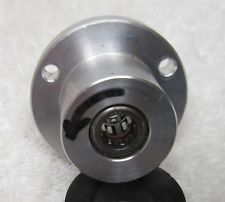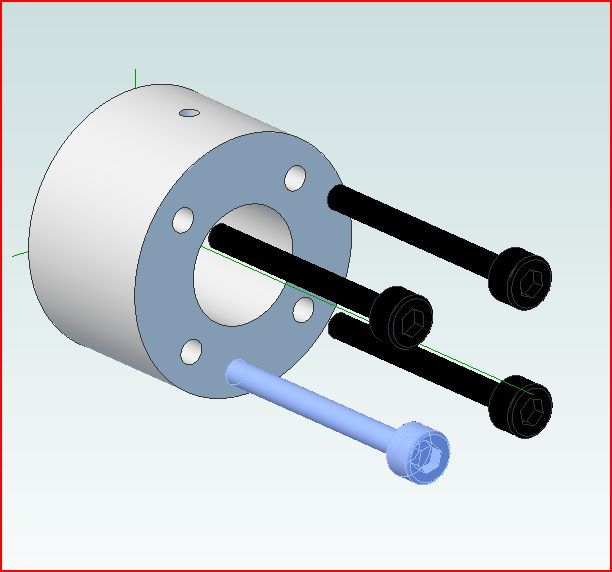Work holding on a rotary table
Work holding on a rotary table
- This topic has 20 replies, 10 voices, and was last updated 15 December 2015 at 19:50 by
David Brown 9.
Viewing 21 posts - 1 through 21 (of 21 total)
Viewing 21 posts - 1 through 21 (of 21 total)
- Please log in to reply to this topic. Registering is free and easy using the links on the menu at the top of this page.
Latest Replies
Viewing 25 topics - 1 through 25 (of 25 total)
-
- Topic
- Voices
- Last Post
Viewing 25 topics - 1 through 25 (of 25 total)
Latest Issue
Newsletter Sign-up
Latest Replies
- How to balance a cup grinding wheel
- Clock gear cutting needed or advice in setting up from scratch.
- Instrumatic Hardness Tester
- Simple chuck/faceplate threaded mount for mill table
- Amadeal lathes – Any good??
- Adcock And Shipley vertical milling head – worth anything?
- smokeless cutting oil
- Thread restorers
- Smart Meter Change-over Problems
- motor and switch wiring Myford ML7







